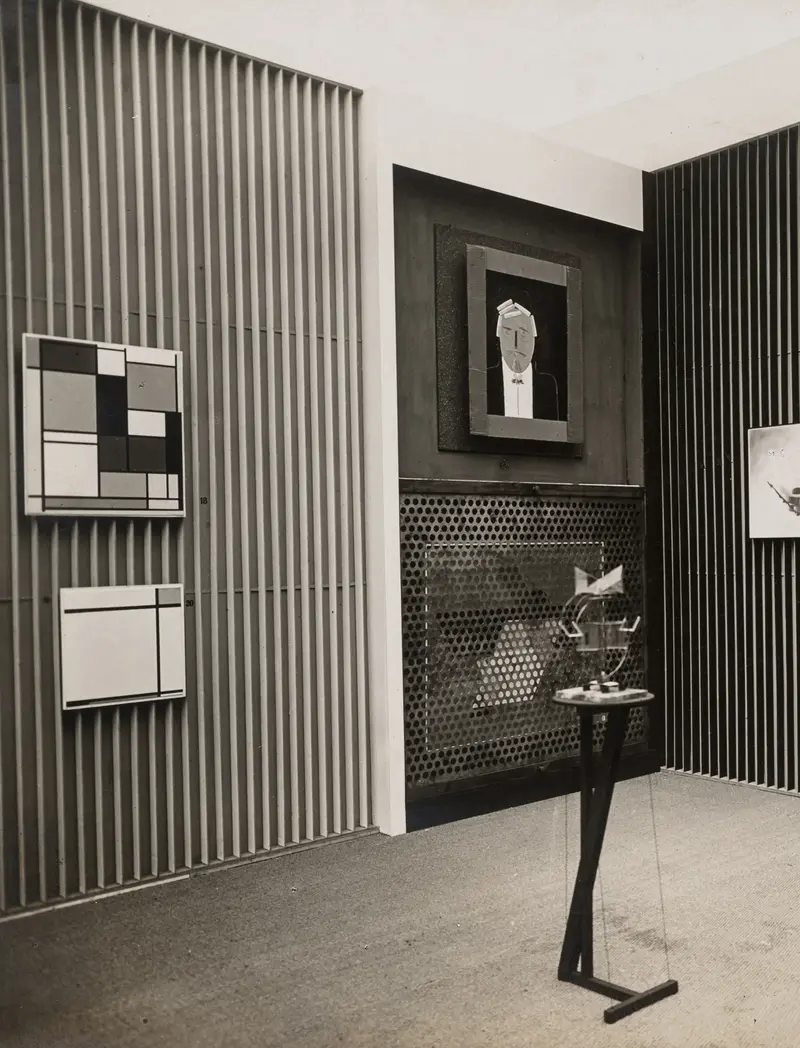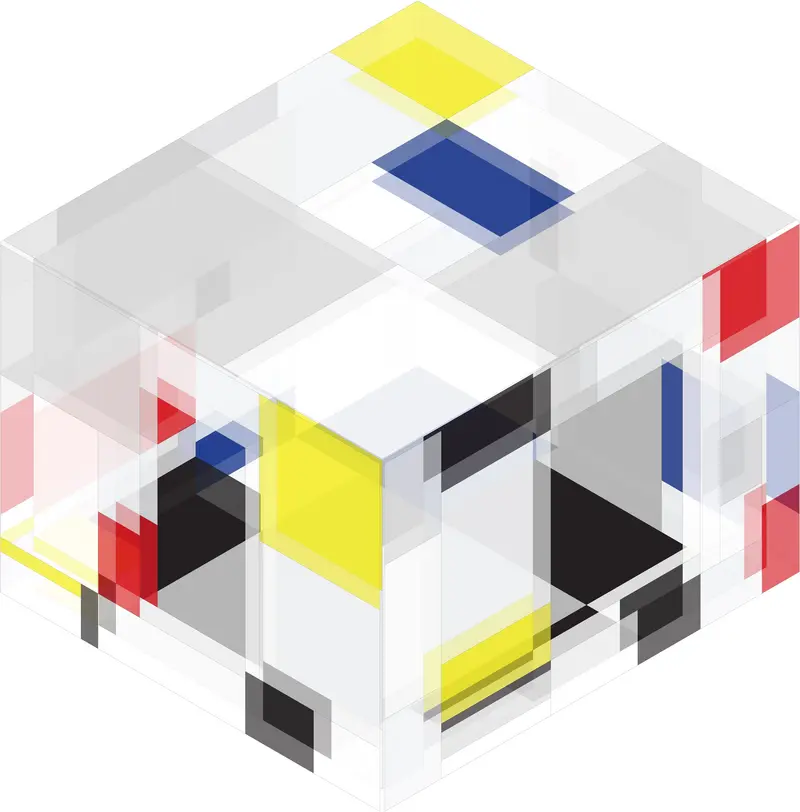Demonstration Rooms: Interventions by Céline Condorelli, Kapwani Kiwanga, and Judy Radul
An Albertinum interventions project, curated by Isabelle Busch and Kathleen Reinhardt
Project Lead: Hilke Wagner
Exhibition venues: Georg-Treu-Platz entrance and Gläsernes Depot (Judy Radul), Max-Slevogt-Room, 2nd floor (Kapwani Kiwanga) as well as further rooms on the 2nd floor (Céline Condorelli).
The artists Céline Condorelli, Kapwani Kiwanga, and Judy Radul were invited, within the framework of the project Demonstration Rooms, to develop artistic interventions in the Albertinum’s collection presentation. In different spaces of the museum they show newly-comissioned site-specific works that direct attention to those elements of the exhibition that otherwise would be easily overlooked: benches, light, plinths, and the transparent walls of the viewing depot. The new works deal with habits of seeing and of spatial perception.
Céline Condorelli (*1974 in Paris, France, lives and works in London) researched seating furniture that has shaped the nature of spending time in the Albertinum in different decades. Six of these different seating furnitures were found in the museum’s storage and were newly designed by the artist. These are integrated in the exhibition tour as both functional and sculptural seating arrangements together with seating developed especially for the Albertinum, a series of drawings, as well as a selection of historic exhibition views of the Albertinum.
Kapwani Kiwanga’s (*1978 in Hamilton, Ontario, Canada, lives and works in Paris) installation cites the gridded skylight in the room in which a brilliantly colored painting cycle by the impressionist Max Slevogt (1868-1932) is exhibited, which was created on a trip to Egypt in 1914. Kiwanga positions an illuminated, gridded cube centrally in the gallery space, whose light is oriented towards daylight in Egypt. It illuminates an arrangement of differently colored, large panels that borrow the colors from two paintings from Slevogt’s series: from the multi-faceted blue of the sky to ochre-colored sand and earth tones up to those colors used to define the skin of two Sudanese women. With her work, Kiwanga focuses on the relationship between real space, pictorial space, and exhibition space and the related questions of perception.
Judy Radul (*1962 in Lillooet, British Columbia, Canada, lives and works in Vancouver) reflects current media-specific habits of seeing that are shaped by frontality and flatness in a video installation in the transparent viewing depot in the entrance of the Albertinum. The viewing depot presents a part of the sculpture collection in a space that is not accessible to the visitor, but viewable through a large glass window. Radul installs cameras in different positions in this depot, that film parts of sculptures that otherwise aren’t visible for the viewer. These images are transmitted live onto a monitor that stands in front of the depot. The monitor is part of an installation of plinths that come from the holdings of the Albertinum, which in turn receive new pedestals from the artist. The result is a system that visualizes the hierarchies of showing as well as the associated relation to the observer. The intervention project “Demonstration Rooms” takes up the ideas of El Lissitzky, who used this concept for his spatial works, among them his Room for Constructivist Art, which was created as an exhibition space for the International Art Exhibition Dresden in 1926. With his unconventional spatial design Lissitzky pursued the goal of encouraging an active consideration of art. The progressive designs of Mondrian and Lissitzky have the potential to stimulate new thinking to this day.
Exhibition website
Within the framework of both projects of contemporary art a colloquium will take place that deals with both display and the exhibition of art in an interdisciplinary manner. Exhibition, interventions, as well as the results of the colloquium will be documented in a publication.
Parallel, in the Kupferstich-Kabinett of the Staatliche Kunstsammlungen Dresden, the special exhibition “The Trend Towards Abstraction – Kandinsky and Modernism Around 1910” will be on view until 12 May 2019.
SKD uses the hashtags #demonstrationrooms, #visionaryspaces #albertinum and #skdmuseum on Social Media.


